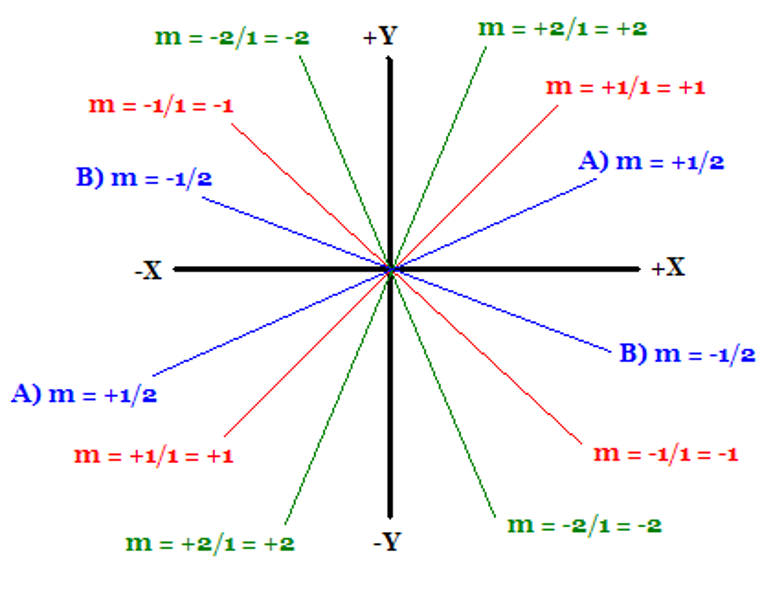The Reality of Imaginary Numbers
Mathematics
DOI:
https://doi.org/10.14331/ijfps.2022.330151Keywords:
Imaginary numbers, Complex numbers, Neutral, Multiple signs Abstract
As we know, imaginary numbers are square roots of a negative numbers. In this paper, imaginary numbers will be further defined. Every number has a sign to it. A number can either be a positive or a negative, however zero is neither positive nor negative. The number zero is what can be referred to as a neutral number since it does not have any plus or minus signs. In reality, the sign of zero is neutral which is both positive and negative at the same time . The square root of a positive one is both a positive and a negative one . In this paper a new view and discussion has been done for different mathematical operators such as addition, subtraction, multiplication and division and some more idea which has never been considered earlier, called Pelletier Postulate.
Downloads
References
Dunham, W. (1999). Euler: The master of us all: MAA.
Merino, O. (2006). A short history of complex numbers. University of Rhode Island.
Nikouravan, M. (2019). A Short History of Imaginary Numbers: Mathematics. International Journal of Fundamental Physical Sciences, 9(1), 1-5.

Published
How to Cite
Issue
Section
License
Copyright (c) 2022 Fundamental Journals

This work is licensed under a Creative Commons Attribution 4.0 International License.











